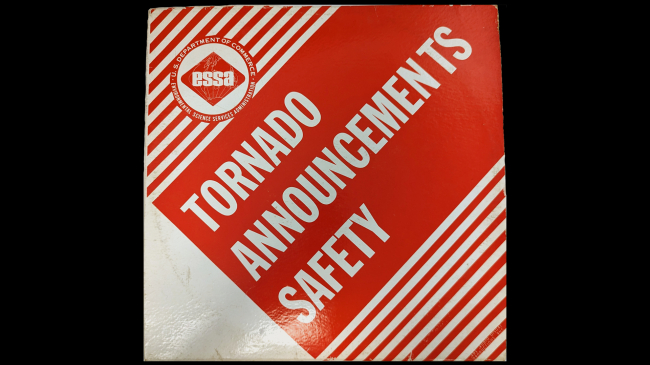NOAA’s story map takes you inside Tornado Alley to NOAA’s Norman, Okla., campus. It’s here that some of the world’s most significant scientific and technological breakthroughs are born. From the front lines of meteorology and the way forecasts are made, to a revealing look at what’s on the horizon, you’ll see how NOAA continues to change the face of weather forecasting. Catch the action in America’s heartland!

A tornado churns up dust in the sunset light near Traer, Iowa by Brad Goddard, Orion, IL (Image credit: NOAA)
All eyes on the sky
NOAA’s Norman, Okla., facility lies within Tornado Alley, one of the world’s most tornado-prone areas. In the glass-walled corridors, all eyes are on the sky.
Many of the world's severe weather experts work in Norman. Some focus on research and keep our nation's radars running. Others forecast severe thunderstorms and tornadoes for the lower 48. NOAA forecasters cover Alaska and Hawaii in their own regions.
For Norman staff, work is personal as well as a professional passion. They know how life-changing severe weather can be. As this story map was being developed, eye-witnesses reported over 825 tornadoes tearing through the Great Plains. More advanced radar, more precise warnings, and forecasters who identified risks days in advance helped spare lives during this year's unprecedented stretch of tornado activity.
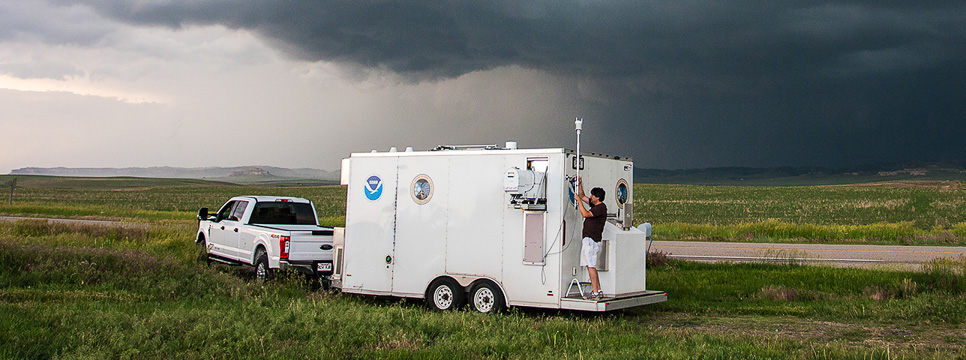
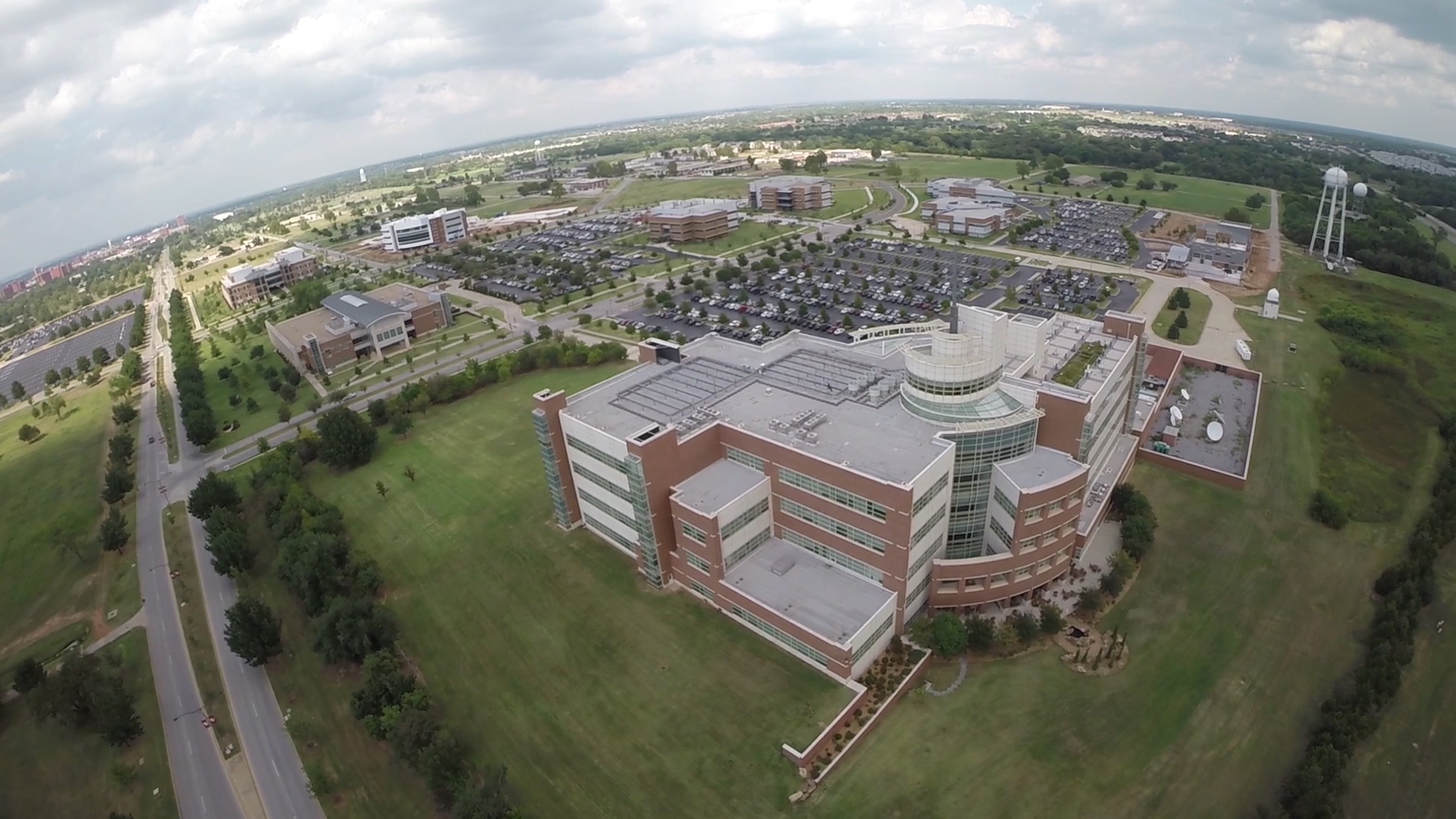
Oklahoma spirit
Generations of Oklahomans have weathered severe storms, exhibiting the hardy resilience and enterprising, enduring spirit that helped build America's frontier and shape our young nation.
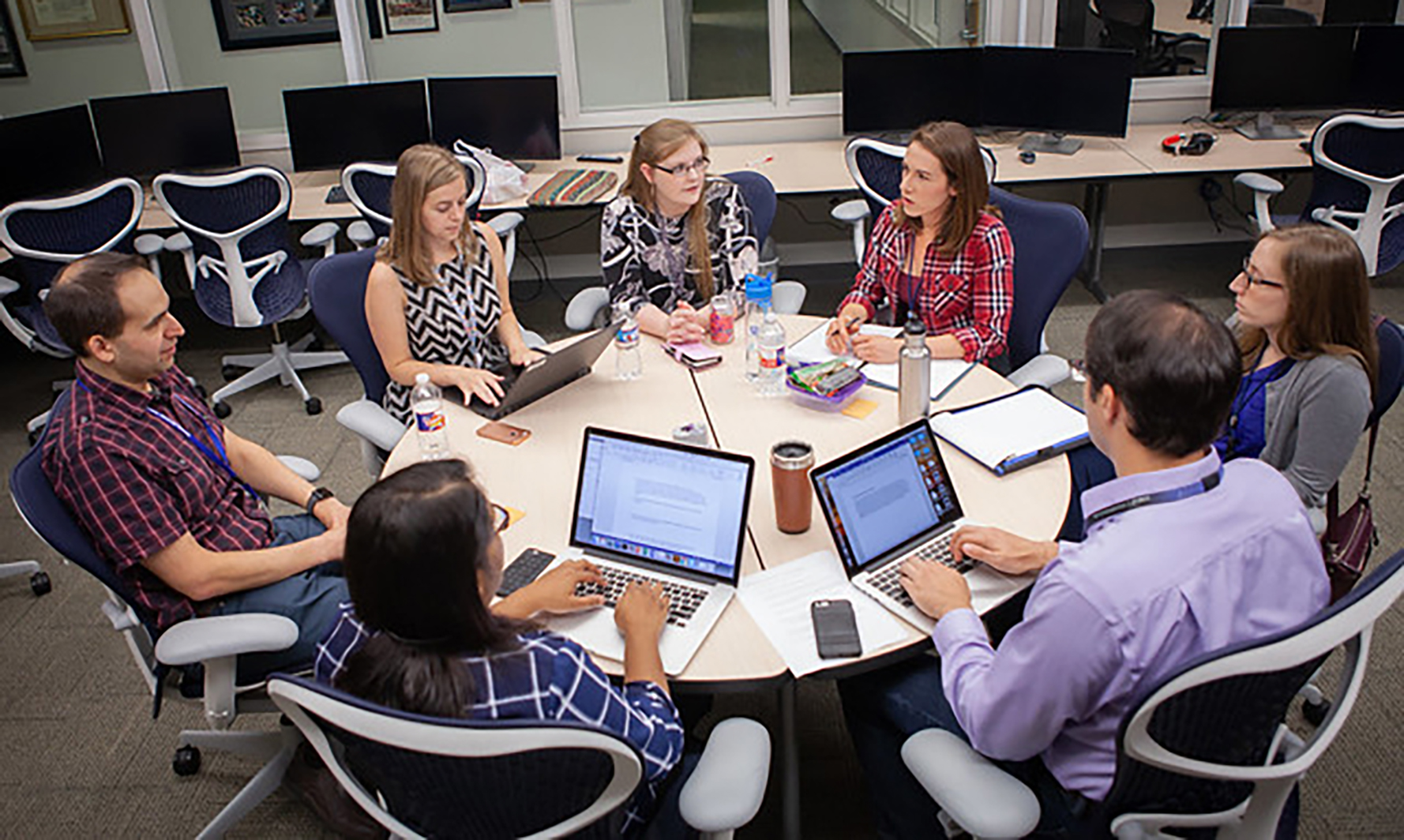
This same spirit galvanizes NOAA's work in Norman. With many partners, NOAA continues to advance understanding of severe weather and achieve the technological breakthroughs vital to protecting lives, property and U.S. economies.
Ahead of the storm
Most NOAA efforts are based at the National Weather Center offsite link on the University of Oklahoma campus. Three components operate within the National Weather Service: the Storm Prediction Center, Weather Forecast Office, and Warning Decision Training Division.
NOAA Research’s National Severe Storms Laboratory and the Tri-Agency Radar Operations Center and Southern Climate Impacts Planning Program offsite link are also vital components. In studying weather, NOAA often works closely with the University of Oklahoma's Cooperative Institute for Mesoscale Meteorological Studies. offsite link
What is severe weather?
Making a weather forecast
A watch means Be Prepared!
Storm Prediction Center forecasters monitor conditions 24/7, delivering accurate and timely watches and forecasts for severe thunderstorms, tornadoes, wildfires, and winter weather, communicating risks up to eight days in advance.
Watches highlight areas at specific risk two to eight hours in advance and typically cover about 25,000 square miles.
A warning means Take Action!
When danger to people and property is imminent, the National Weather Service issues a warning. Norman's Weather Forecast Office provides warnings for regions of Oklahoma and Texas.
Here's how a forecast is made:
The Doppler effect
In Tornado Alley, warm humid air from the Gulf of Mexico lies beneath cold dry air from the Rocky Mountains, creating an ideal environment for tornadoes to be born within thunderstorms.
In 1973, National Severe Storms Laboratory researchers intercepted a storm in Union City, Okla., being scanned by experimental Doppler radar. By documenting the tornado's life cycle on film, they were able to compare filmed images with Doppler data, leading to the landmark discovery that, even before it showed up on film, the tornado was forming within the thunderstorm. This pattern was named the Tornado Vortex Signature.
In time, NOAA deployed a national network of Doppler radars, which have since been credited with saving an untold number of lives by detecting hazardous weather, triggering tornado alerts and other warnings.
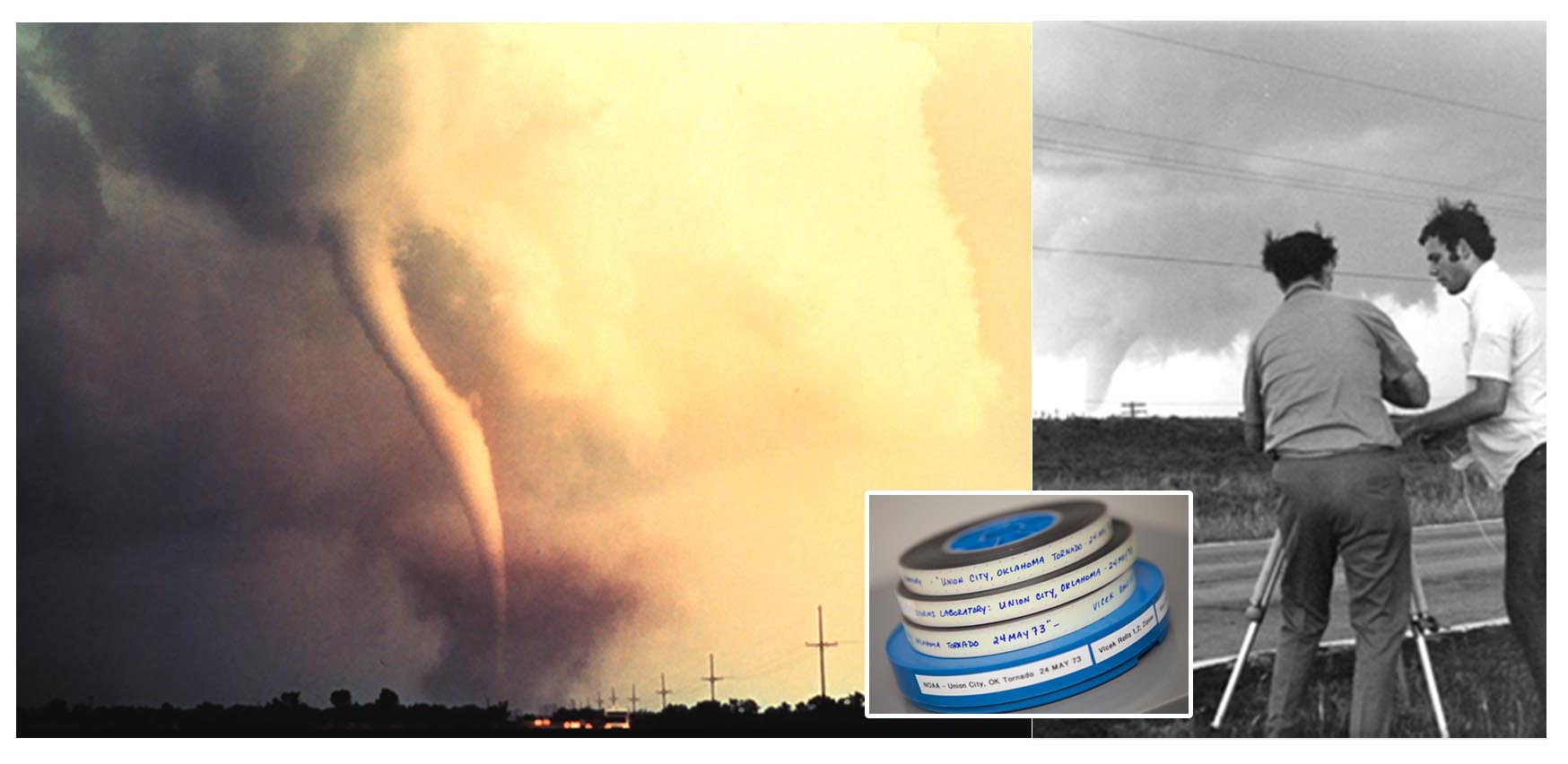
Milestones in forecasting
Mysterious twisters
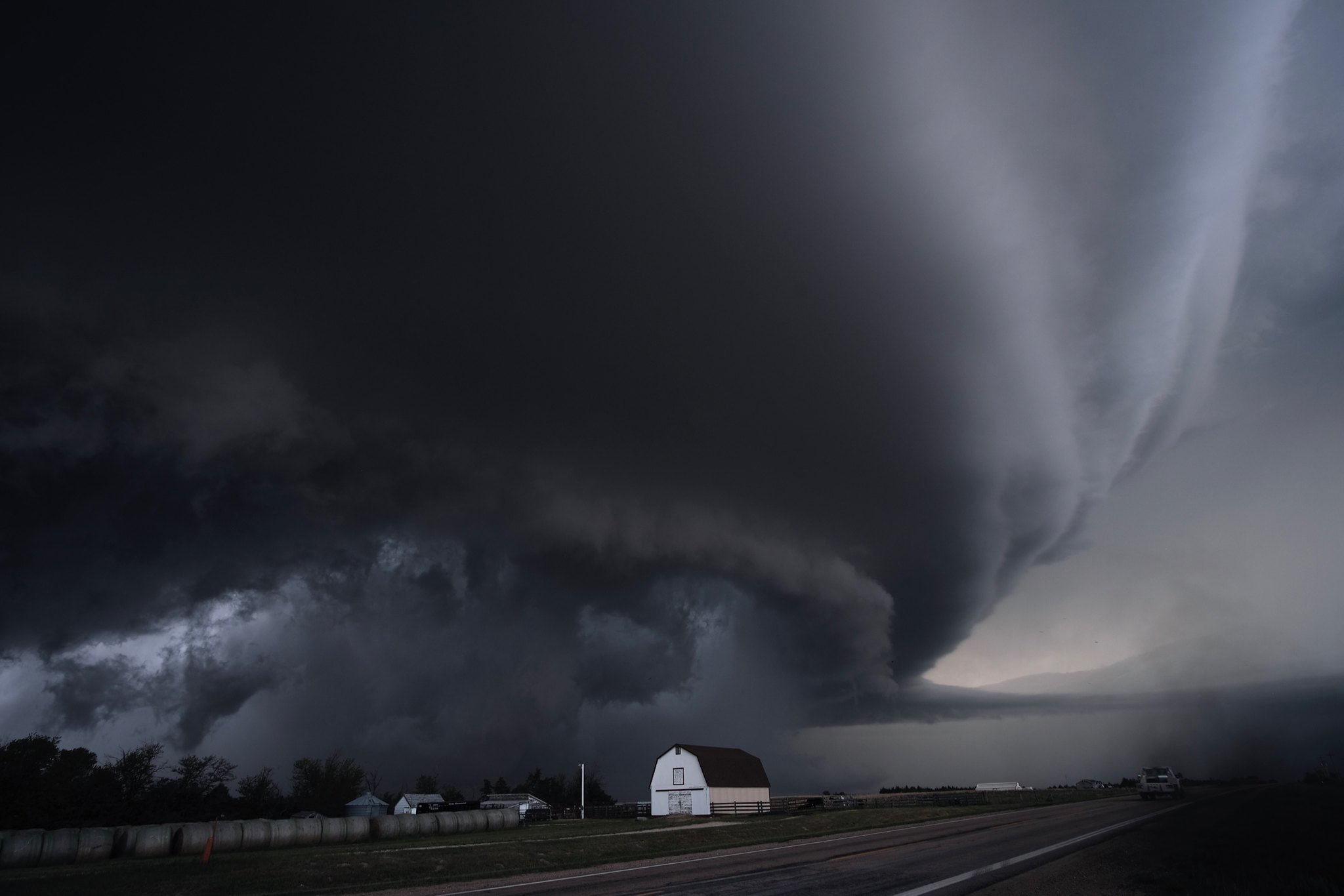
Supercells, or powerful, persistent and rotating storms, are birthing grounds for the strongest tornadoes across the Great Plains. But scientists don’t yet know why some storms make tornadoes and others don't.
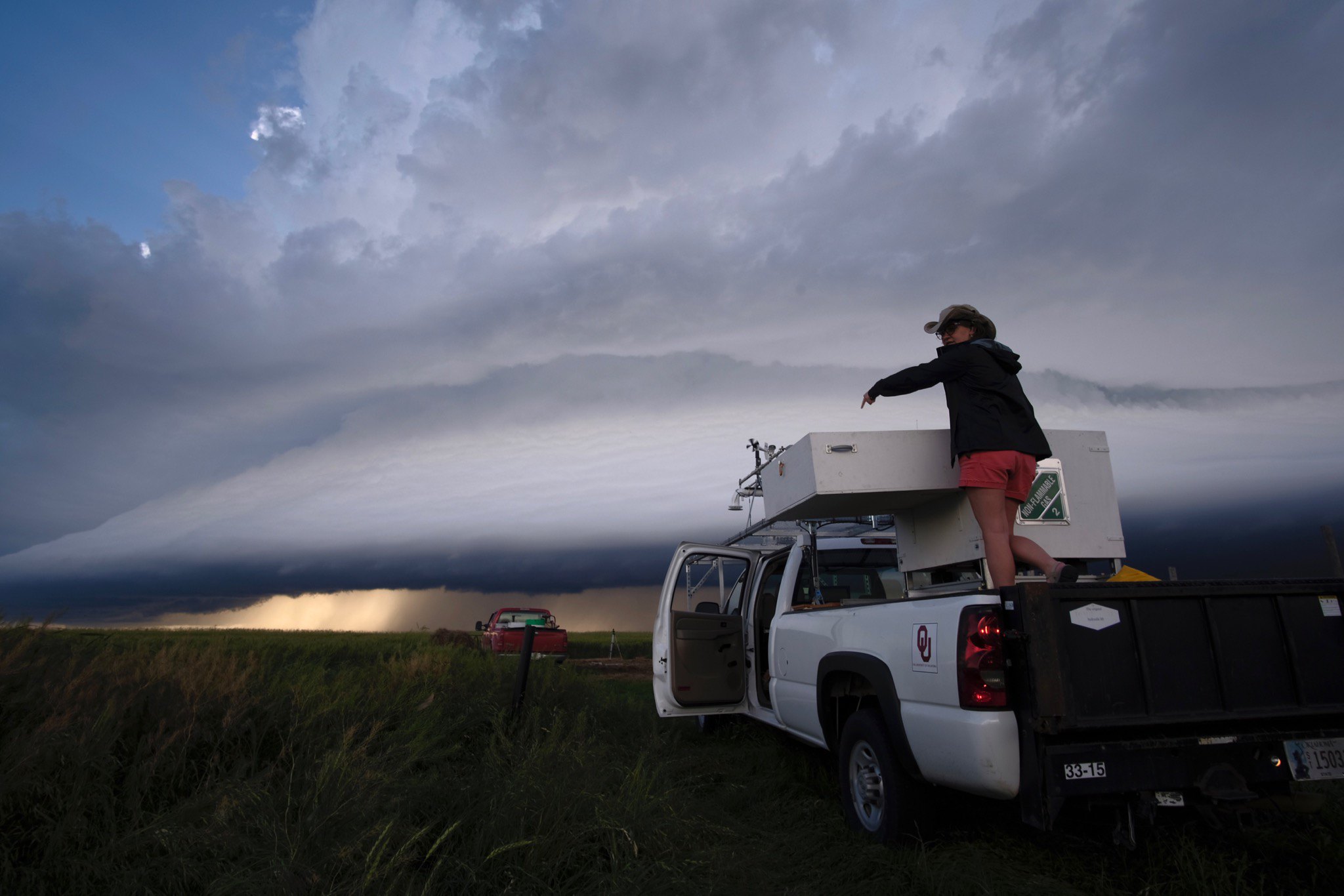
Joined by more than 50 researchers from four universities, Norman scientists recently drove their instruments right to these dangerous storms. They're partners in TORUS, a new and ambitious field project aimed at understanding the link between tornadoes and the storms that spawn the most destructive ones.
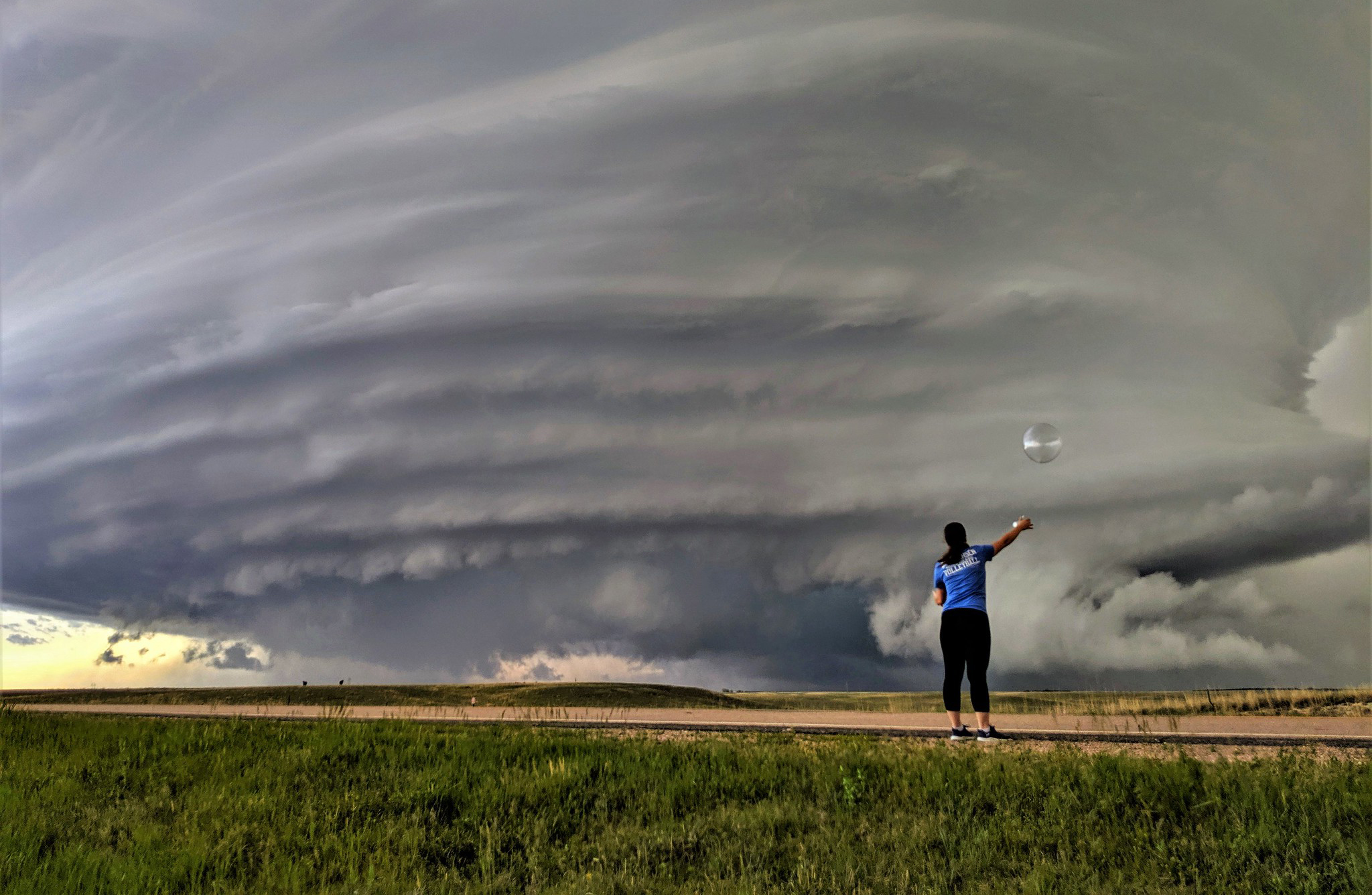
To improve forecasts, drones, mobile radars, NOAA aircraft, lidar to detect atmospheric particles, swarms of instruments tied to small weather balloons and more are observing storms, yielding a data-driven, multi-dimensional view of each storm system.
Continuing quest for better forecasts
A proud legacy
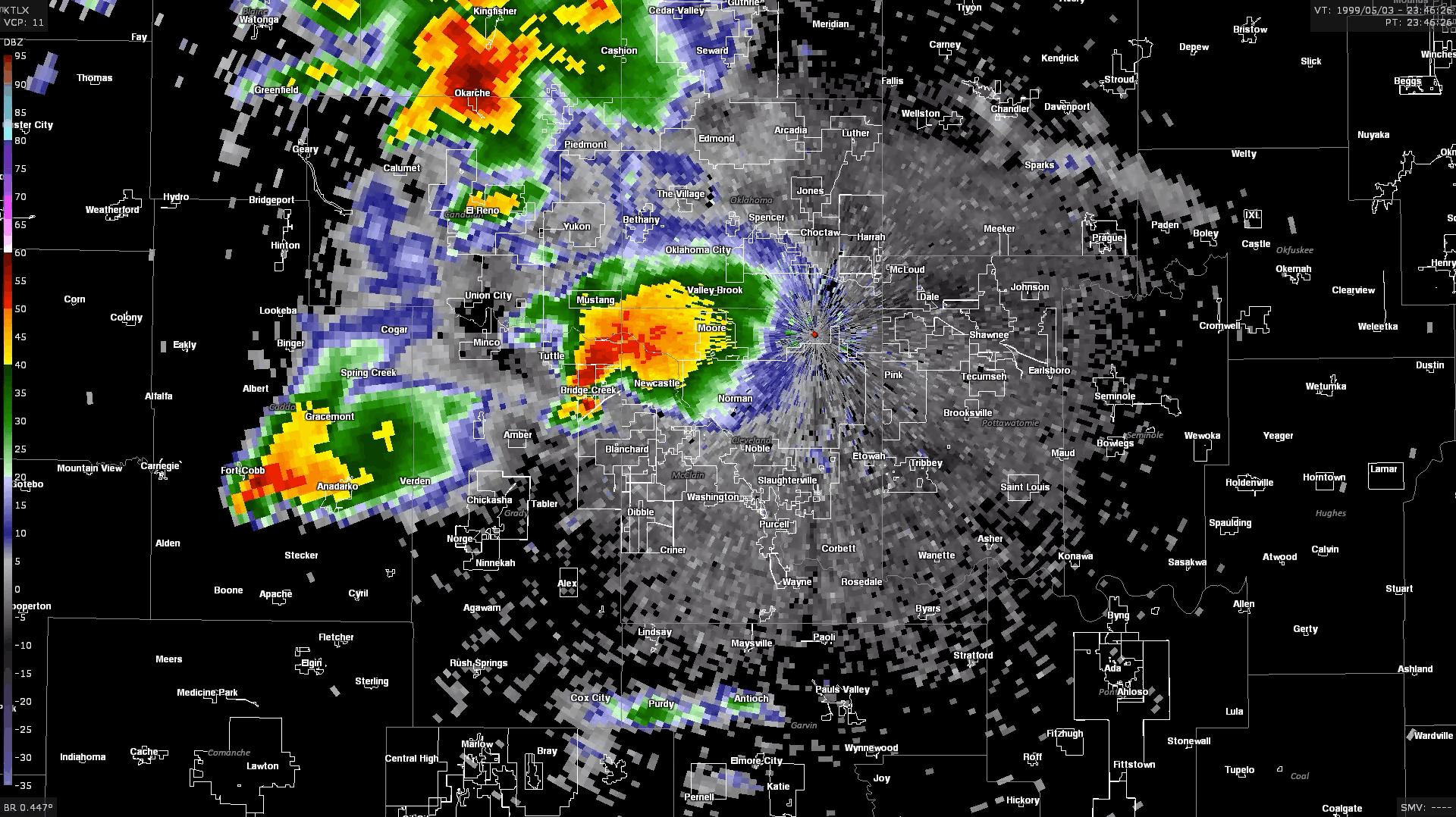
NOAA’s National Severe Storms Laboratory has improved knowledge about severe weather and pioneered advances in technology, leading to increased warning and forecast lead times and accuracy and bringing pivotal change to weather forecasting.
Each year, in the quest to improve forecasts, the lab partners with the Storm Prediction Center to host experiments in the Hazardous Weather Testbed. In this real-time environment, forecasters and researchers strengthen their skills and sharpen their perspectives by learning more about each other’s worlds.
As they test and evaluate emerging forecasting and warning technologies, visiting broadcasters and emergency managers share their own vital insights.
Communicating risk
The human element
Along with science and technology, NOAA forecasters consider the human aspects of making life-saving decisions.
Simulating past events, the Warning Decision Training Division teaches forecasters the latest methodologies for interpreting data. But human factors such as communications, cognitive overload and situational awareness are priorities, too.
Built on forecasting advances and an understanding of how the public responds to safety messages, FACETs is a proposed new framework for more completely communicating severe threats to help people make better decisions.
For weather geeks
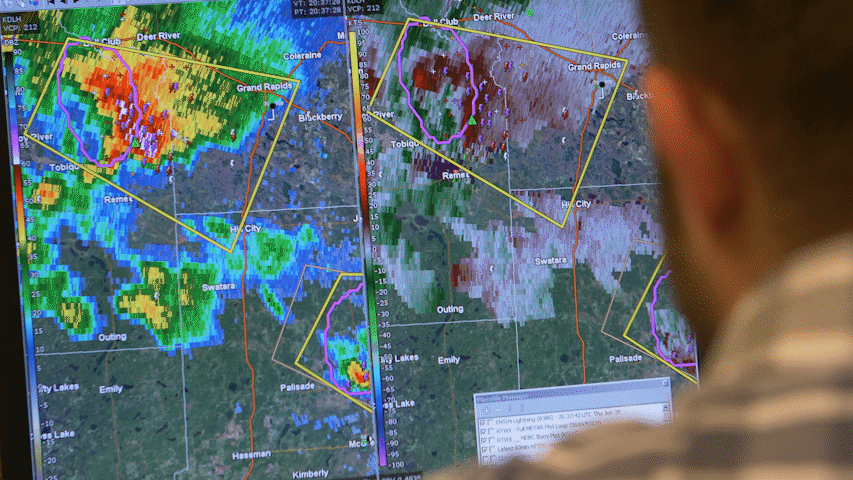
Discover the Power of Flash Floods
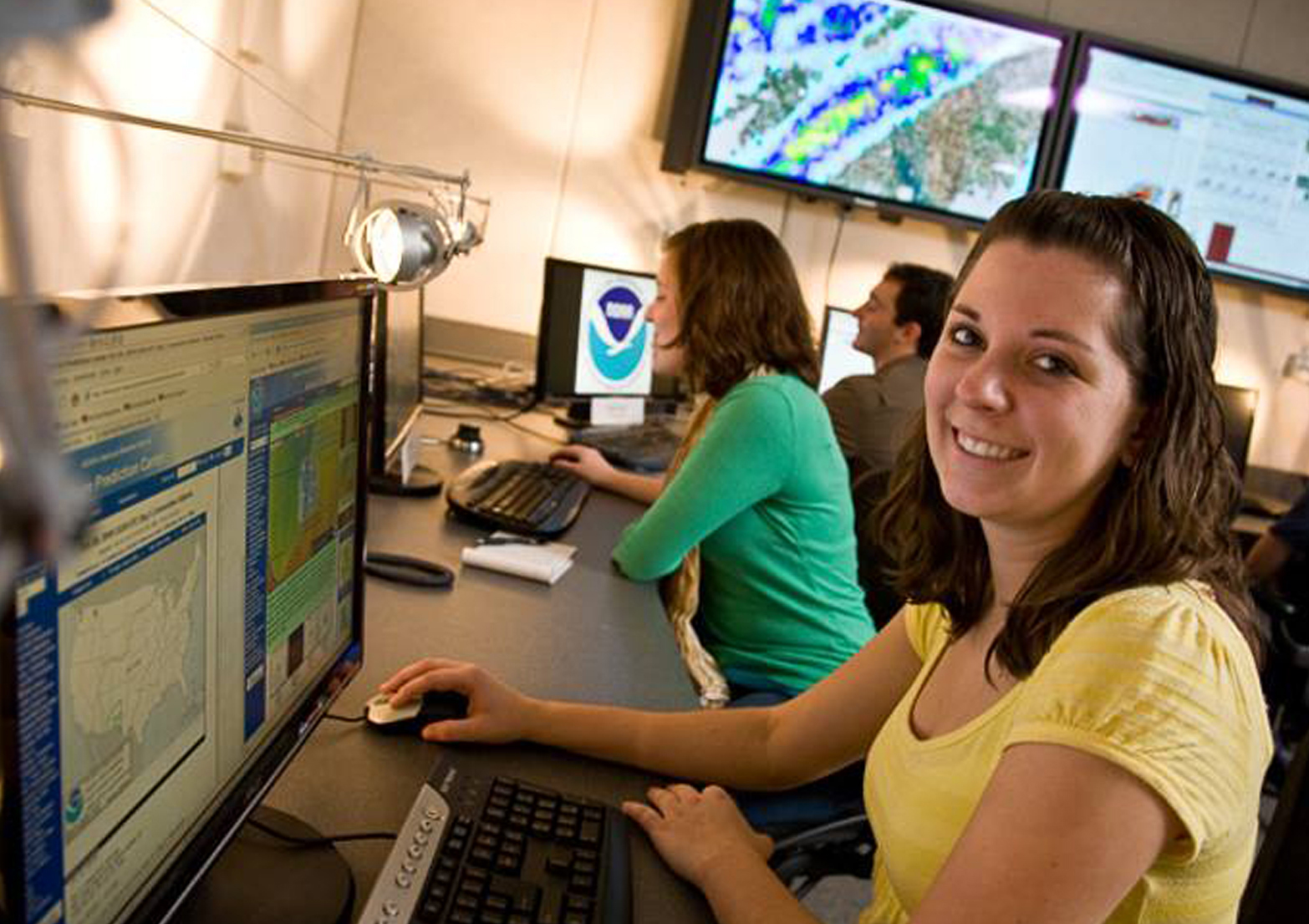
Check out careers for meteorologists
Learn why Norman loves students
Stay weather wise with News from NOAA
Be a Weather-Ready Nation Ambassador
Join NOAA's citizen science community
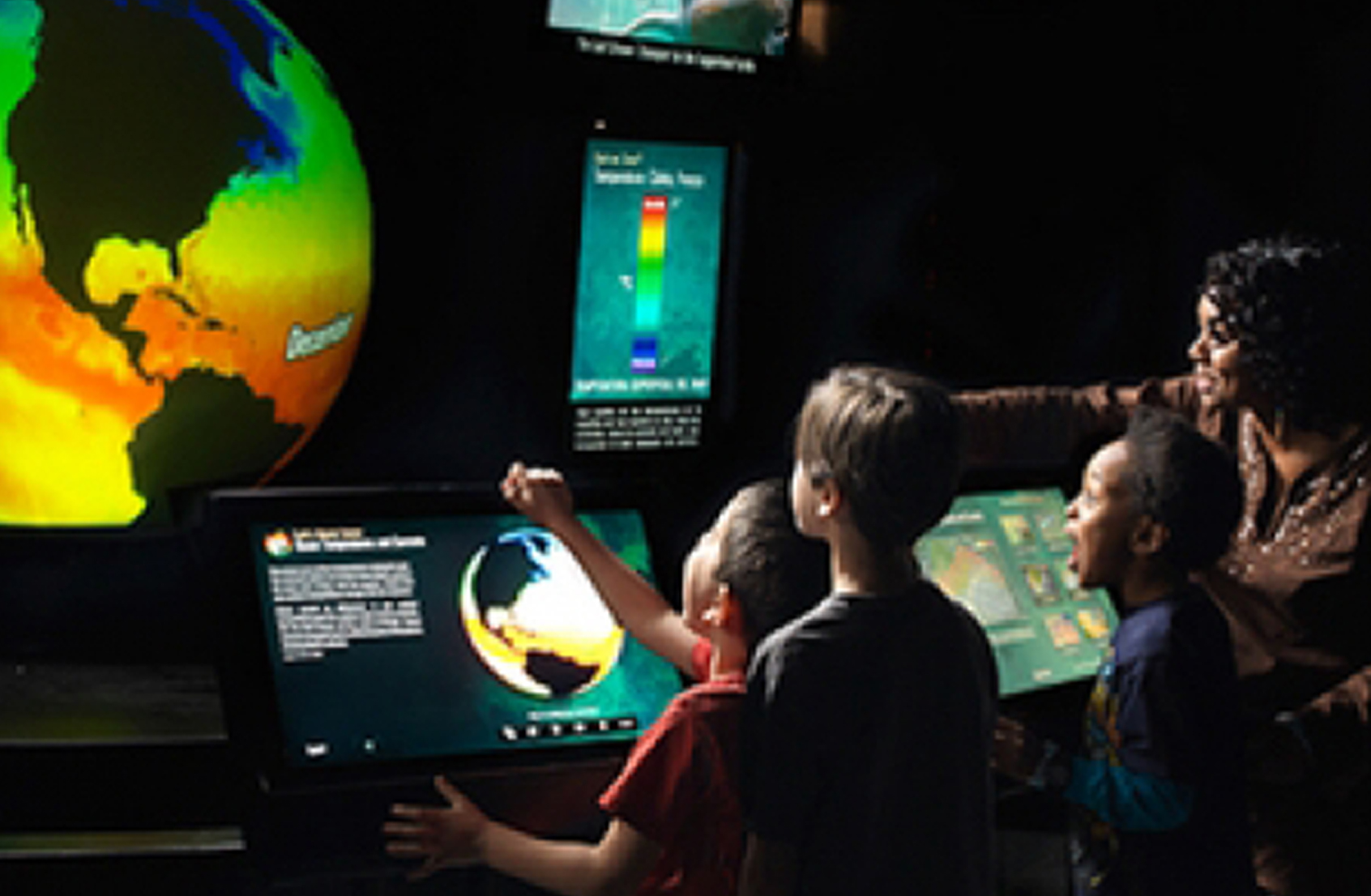
Visit Science on a Sphere® (SOS)
Reach for the clouds offsite link
Click on Web Weather for Kids offsite link
To view the original Inside tornado alley story map, please see this version on the ESRI website offsite link.


